‘A paedophile’s playground’: Inside the scandal at King Charles’s old school

In the space of two months, May followed by June, Gordonstoun, a boarding school set in 150 acres of stately grandeur in the far north of Scotland on the Moray Firth to the east of Inverness, found itself managing two seismic pieces of news: the first bringing profound pride, the second deep shame and regret. The first was news of a high royal honour from the King, a much-needed patronage as it would turn out.
The second, which came last week, was borne of the confirmation of catastrophic historical failings in safeguarding dating back to the 1960s which left children over a 25-year period with the scars of sexual, physical and emotional abuse. Many have never recovered. Some staff members were paedophiles. There was so little safeguarding until at least 1990 that, in turn, older pupils became abusers too, grooming girls and boys in the years below them. The timing for the Palace is little short of disastrous.
Towards the end of May, to mark the first anniversary of his coronation, King Charles, Gordonstoun’s most famous and prestigious living old boy (1962-67), announced that he was to become the school’s patron. He was following in the footsteps of his father, the late Prince Philip, who had thrived at the eccentric and spartan school – cold showers, morning runs, a medical regime so broad brush that children in King Charles’s era joked they were given dog worming tablets for anything “internal”.
The Duke of Edinburgh had joined in 1934 (then Prince Philip of Greece), among the first wave of pupils under the eccentric German founder Kurt Hahn, who had fled the Nazis, and who believed in the collective good of society rather than the needs of the individual. Hahn later remarked on Prince Philip’s “undefeatable spirit” (He left in 1939, just eight years before his engagement to HRH Princess Elizabeth). His royal portrait in the dining hall has watched over generations of boys eating their porridge, including his three sons.
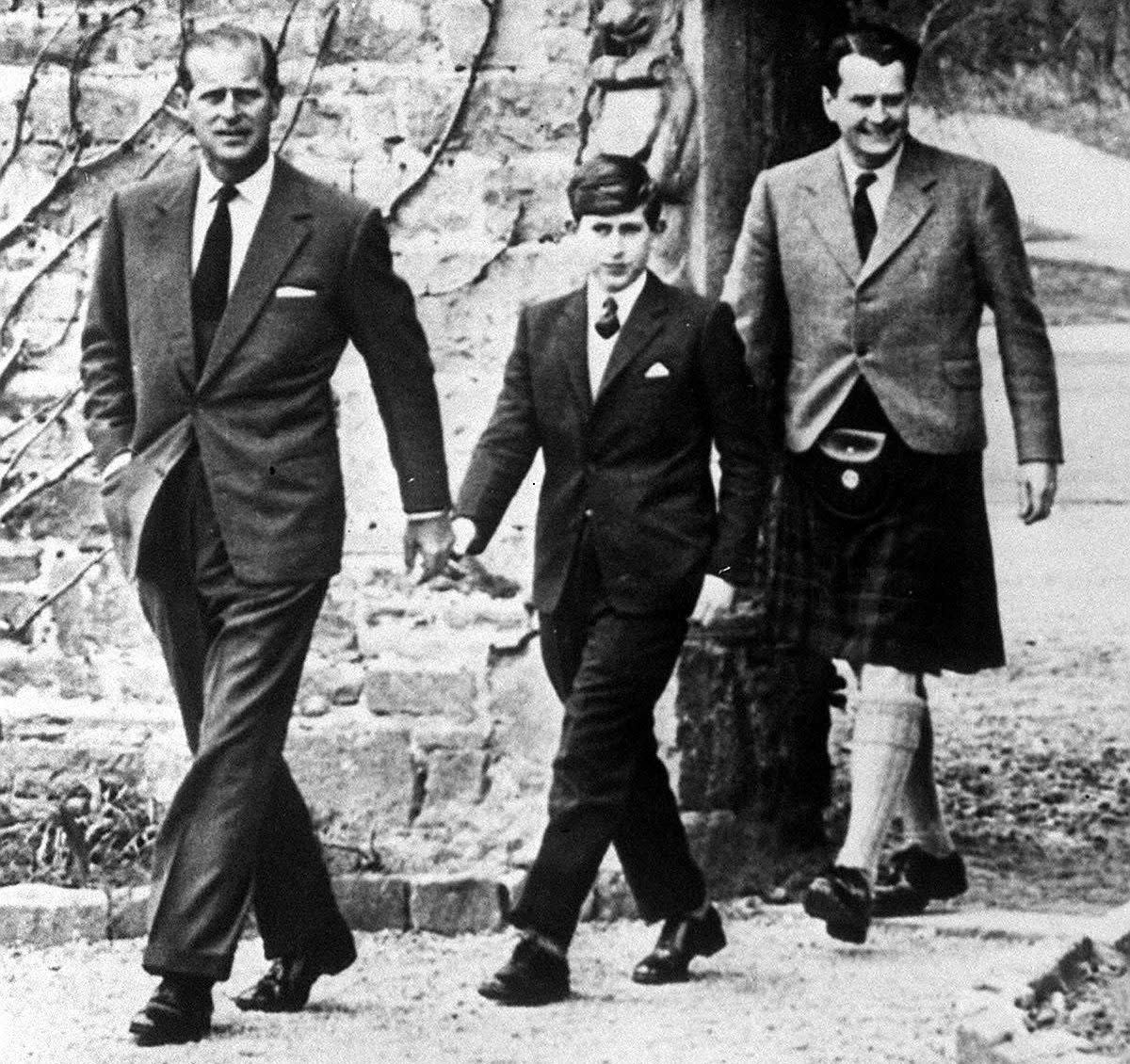
Gordonstoun naturally sought to capitalise on this most recent honour, rightly thrilled. It is common knowledge that, unlike his hardy father, the young and sensitive Prince of Wales had, in his junior years, found its regime amid spartan conditions both emotionally and physically challenging. He was a more delicate child. He had a happy final two years there, perhaps proof he had adapted to its motto Plus est en Vous – “there is more in you.” And so it proved for him at school, eventually, and in his life. What better motto can there be for a King forced to forgo the needs of the individual?
Gordonstoun was, King Charles has famously said with black humour, “Colditz in a kilt”. Those there at the same time attest to the fact that he was badly bullied, had his ears cruelly pulled, his royal rank mocked. When he was small, jeered for wearing the wrong overcoat, his only friend was his Land Rover-driving bodyguard. This was until he left for Australia for a two-year breather. He returned to a happier time. These difficulties were dramatised in Netflix’s The Crown.
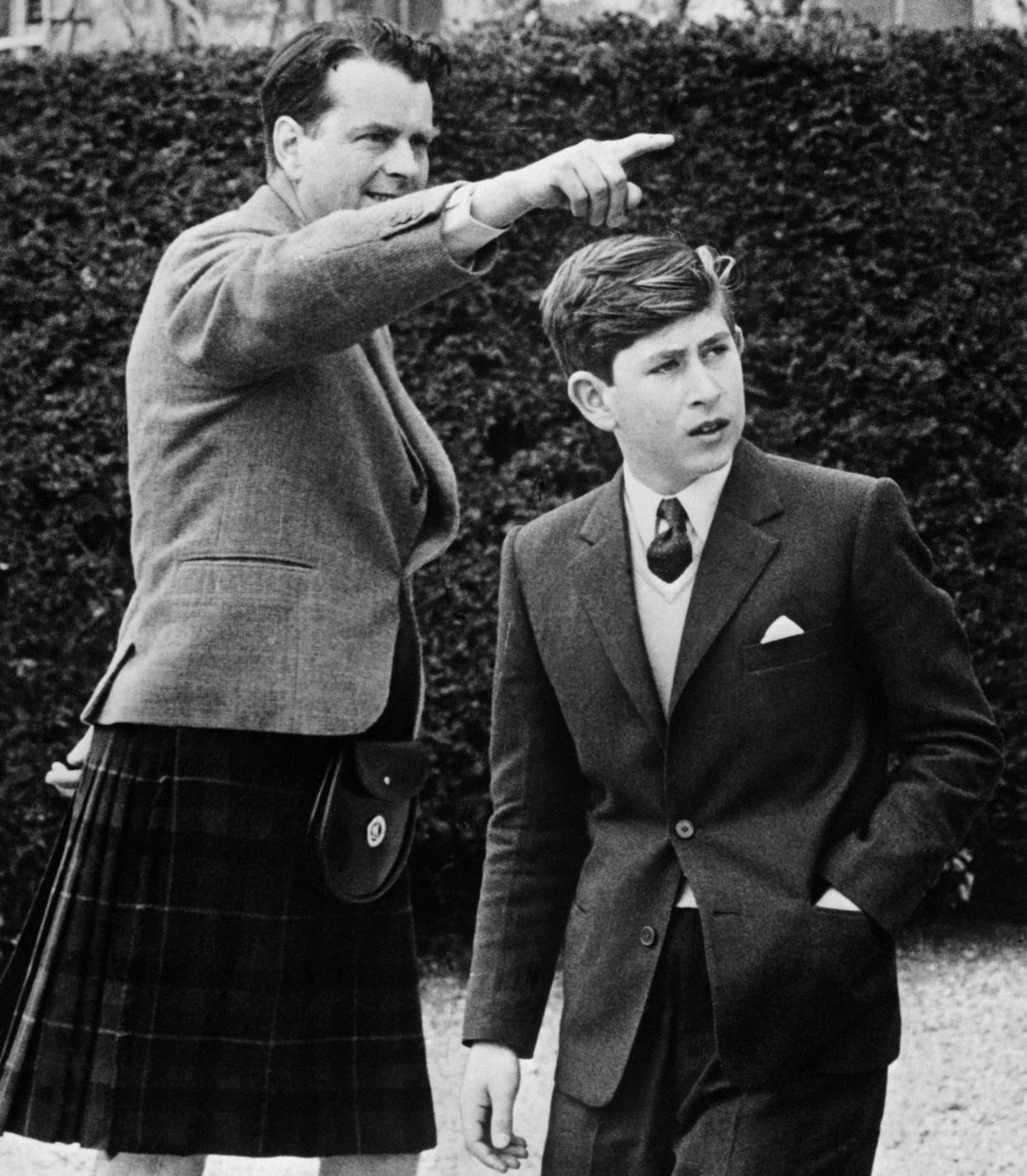
“When I knew him there it was bloody awful,” remembers Johnny Stonborough, his class contemporary. “As pupils, it was instilled in us never to complain, never to explain and with the [now] King, he was in an even worse position. When he was beaten up by boys, or teased – and I should say it was also very difficult to be his friend because you’d get teased too – he would stay completely silent and suffer without a word, because he knew that complaining would make it a bigger drama. I remember thinking at the time that it was formidable that he was able to do that.
“It’s wonderful now that he feels he can be useful to Gordonstoun as a patron. But isn’t it interesting that neither he nor I chose to send our sons there?” Both men were to choose Eton instead for the next generation.”
The current school principal Lisa Kerr expressed pride on the school website after the May announcement: “His Majesty exemplifies so many qualities we seek to instil in our students, notably a lifelong commitment to service…We look forward to His Majesty’s engagement and support with the association and its members in the years to come.”
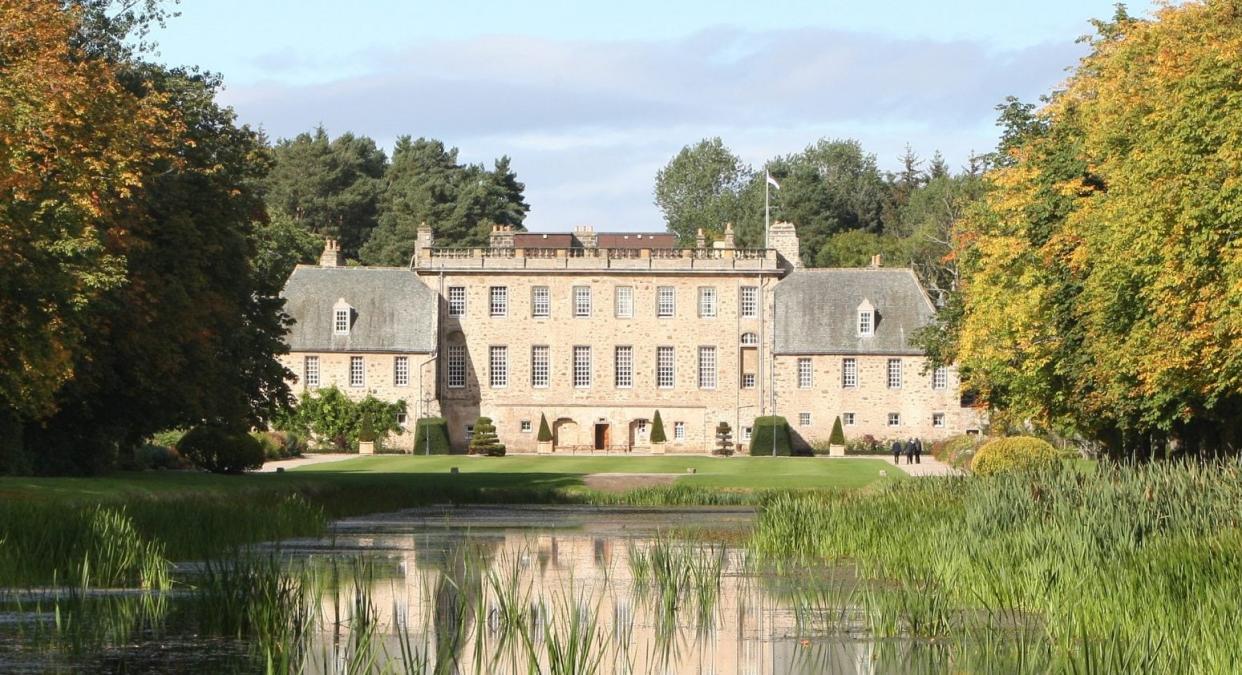
And then came the second devastating announcement on June 19. It came not from the school but from Lady Smith, chairman of the Scottish Child Abuse Inquiry, whose twelth case study report related to the provision of residential care at Gordonstoun and its associated junior school, Aberlour House.
“I have no difficulty in finding that children were abused at Gordonstoun and Aberlour in a variety of ways over a long period of time,” she said. “Children who had boarded at both establishments, largely in a time frame between 1968 [a year after the King left] and 1990 were exposed to risks of sexual, physical and emotional abuse and for many, those risks materialised.”
There were failures to prioritise child protection; staff without appropriate skills and training; poor recruitment policies; insufficient oversight of pupils and teachers; failures in governance. Older children in turn became sexual abusers, flourishing in the school’s lack of pastoral care: “It was only after 1990 and the appointment of a headmaster who understood the importance of pastoral care that abuse eventually began to be addressed and a measure of trust was restored. A dreadfully abusive and, in some houses, extremely violent culture was allowed to take root.”
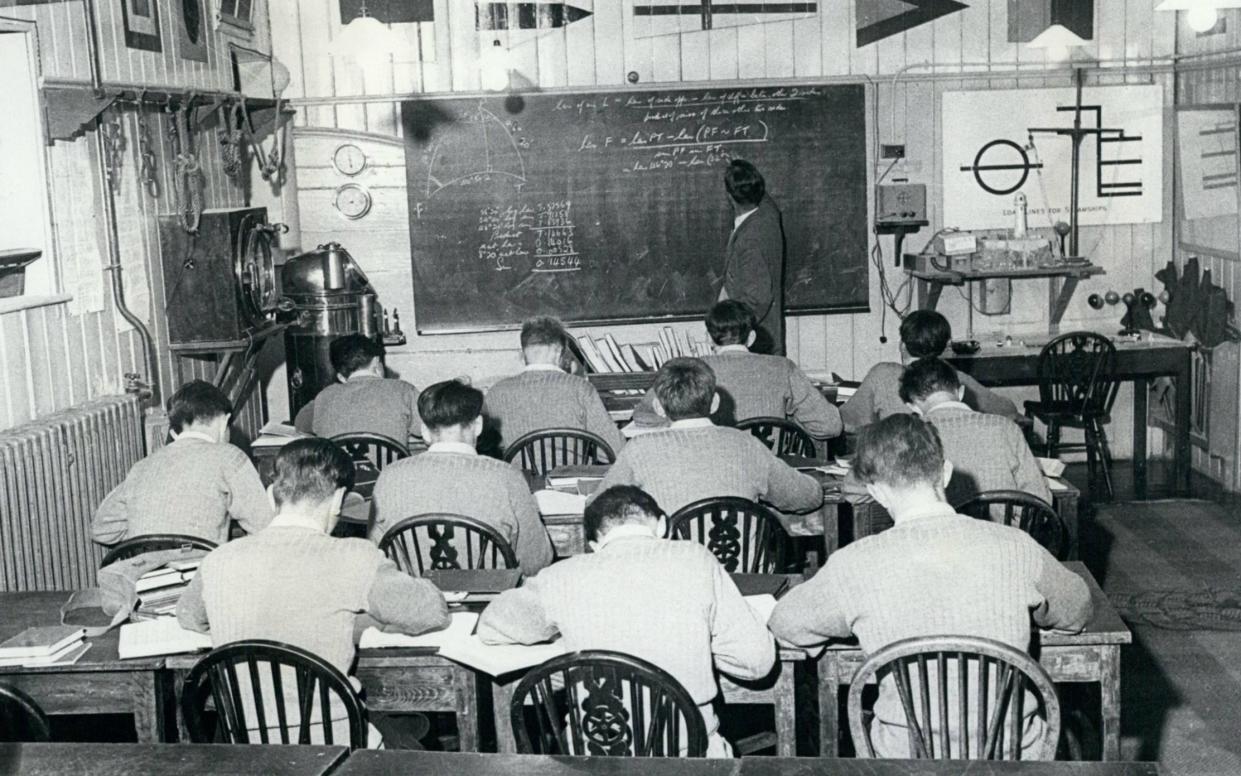
A code of silence was normalised and many abuse victims, such as “Sarah”, an Aberlour pupil who was raped aged 13 on a camping trip, were then tormented and bullied by other children.
Lady Smith found that “a high proportion of staff sexually abused children at Aberlour”: seven confirmed staff members, who often took advantage of the most vulnerable and shyest children.
One paedophile was Andrew Keir, a physics teacher from 1983 to 1994 and a housemaster at Duffus [boarding] House between 1983 and 1991. He was a predatory paedophile, finally jailed in 2018 (although only for 12 months because of the way the case was prosecuted), who, under the guise of being friendly and caring, groomed boys with a view to satisfying his sexual desires. His behaviour was known about by the boys and the school also knew, but failed to act. References for known abusers were sent out to new schools to help the men get jobs. Gordonstoun, in turning a blind eye, helped place these men on new paths to abuse yet more children.
Lady Smith concluded: “Had Gordonstoun acted when it should have done, children would not have been abused by Keir in 1990 or 1991.” Giving evidence to the enquiry, Keir admitted that, as well as being convicted of abusing three boys, he had also been found guilty of possessing, making and distributing indecent images of children between 2001 and 2017, for which he received a 28-month sentence. On his computer, police found five fictional stories about sexual acts involving boys, one titled “Speedos”, another “School Showers”. “The Gordonstoun swimming pool and showers were common locations for his abuse, though it also happened elsewhere,” said Lady Smith.
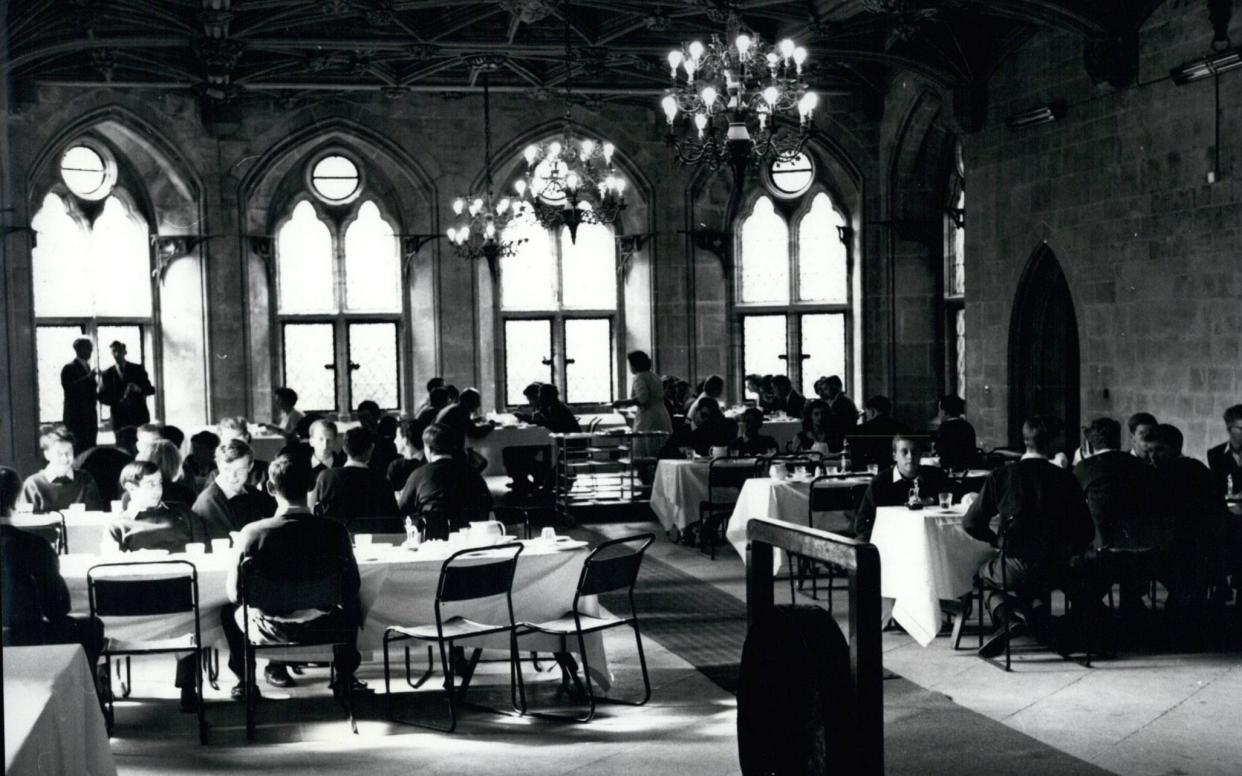
Six other teachers sexually abused children between the 1960s and 1990s. The school became co-ed in 1972 and what had been the sexual abuse of teenage boys now became the abuse of teenage girls as well. Such acts included: the repeated rape of a boy by an exchange teacher; the indecent assault of boys by two teachers; an indecent assault on girls by a male teacher (who was subsequently jailed in England for similar abuse); indecent touching of girls by the school chaplain; and voyeuristic practices by a housemaster involving male pupils. The voyeurism was reported, but, Lady Smith concluded, “the school’s response went no further than removing the housemaster from his house. Repeated complaints from a parent finally resulted in his resignation but he was not dismissed.”
Abuse, sexual and physical, was rife too in Aberlour where the children were even younger. The words of “Sally”, one of the many ex-pupils who gave evidence, summed up the dreadful neglect.
“Reaching out for support felt like a failing,” she said. “We were meant to get on and deal with things. It was only later that I realised how mucked-up it was to have such a lack of support.”
The inquiry also heard an account of the rape of a 13-year-old girl “Sarah” on a camping trip – bullied afterwards by her peers. Five years later at Gordonstoun she then had to endure a male teacher trying to put his tongue down her throat at the leaver’s ball. At Aberlour, boys were drugged and sexually assaulted by Derek Jones, now dead, appointed to teach English in September 1990.
He lasted at the school until the December, when he was dismissed after it was discovered that he had given a pupil what was believed by the school to be a sleeping tablet. That boy, John Findlay, was one of the earliest victims to go public (helping others to follow in his footsteps) and waived his anonymity. He gave devastating evidence to the inquiry, revealing he had been drugged and abused by Jones, “rendered paralysed [by two pills] but perfectly conscious” and, as a result of the ensuing sexual abuse, diagnosed with PTSD in 2013: “I don’t trust anybody [anymore],” he told Lady Smith.
Jones had put his head under Findlay’s duvet cover. “I remember furiously fighting to move so I could knee him in the face…I just couldn’t move,” he told the inquiry. “A light came on from under the duvet. He had a torch….I then heard the ‘click wind click wind click wind’ of his camera. He had a torch in his mouth and he was taking pictures of me with his head under my duvet.”
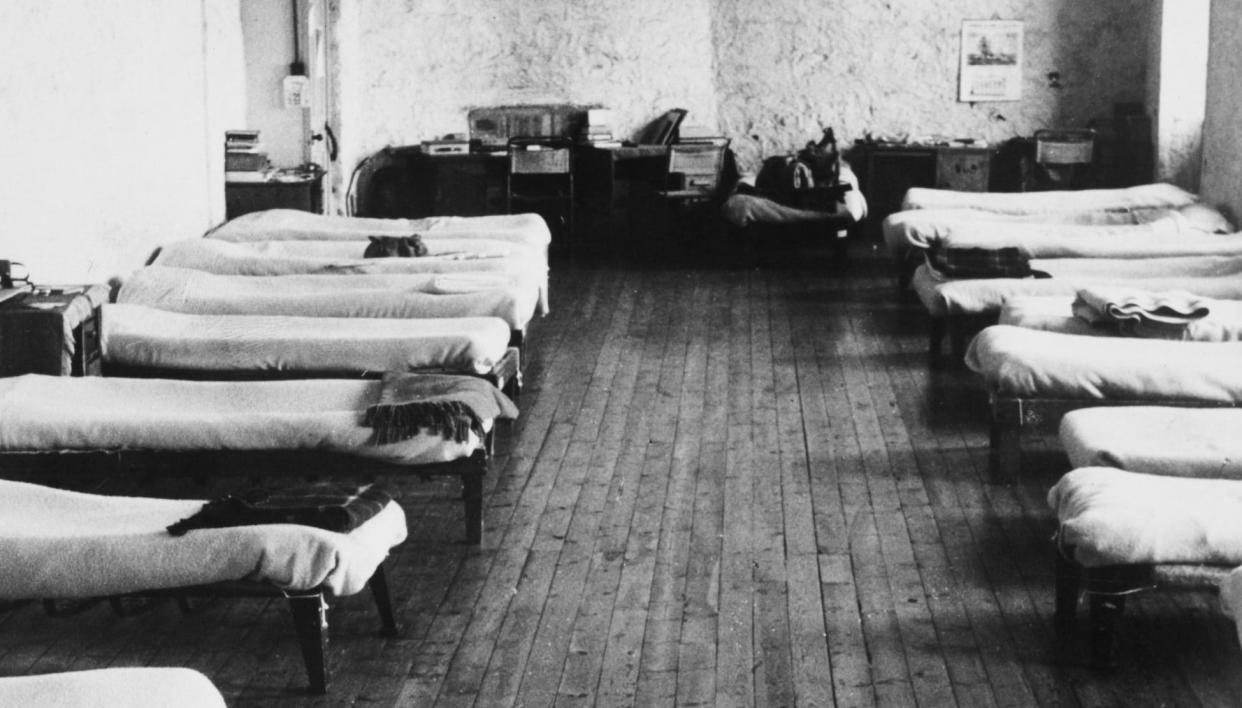
Today, Findlay tells me that he continues to suffer from severe PTSD, anxiety and depression and says of the joint Arbelour/Gordonstoun institution: “It was a paedophile’s playground. It enabled paedophiles.” Findlay won damages against the school, accepting a six-figure sum from its insurers, but at least two civil cases are outstanding, despite Gordonstoun’s current principal, Lisa Kerr, promising Findlay she would do all in her power to bring about closure for victims.
Principal Kerr has said it is subject to the insurance process.
“I am disgusted,” says Findlay of the delay, “I was given a promise. These people have been severely traumatised.”
Kerr’s statement following the inquiry’s findings must have been painful to write. “Today’s report is upsetting and it is shocking to read of the abuse that children in the past experienced and the enduring impact on their lives 30, 40 or even 50 years later,” she wrote. “We respect and thank those who have spoken up about their experiences and those who gave evidence to the inquiry. Since reports of historic abuse came to our attention in 2013, we have taken a proactive approach, addressing matters openly and offering whatever support possible.
“Lady Smith acknowledges Gordonstoun’s recognition of the need to avoid putting its head in the sand, and to acknowledge the reality of the past abuse and to respond.”
Of the announcement of the King’s patronage, clearly intended to mark a new chapter for the school, John Findlay says: “I think it is an unusual post. That is perhaps my best reaction, as I didn’t believe there was a love and affinity for the school.” Findlay was close friends with Princess Anne’s son, Peter Phillips, who was in his year.
In fact, the King has said in the past that talk that he detested the school was “exaggerated”. “It was only tough in the sense that it demanded more of you as an individual than most other schools – mentally or physically,” he said in a 1975 speech to the House of Lords. “I am lucky in that I believe it taught me a great deal about myself and my own abilities and disabilities. It taught me to accept challenges and take the initiative.”
The school had its own fire service, coastguard service and mountain rescue service, all fully trained and accredited. There was also community service. It was, in many ways, a revolutionary approach which famously served the late Duke of Edinburgh so well.
Lady Smith acknowledged that not all voices heard at the inquiry were negative. One man, known as “Harry”, a retired London lawyer in private practice for 41 years, was at Gordonstoun between 1964 and 1968 and so a contemporary of the King. Perhaps he spoke for a generation of men, unaffected by abuse, shaped by hardship. He told Lady Smith: “Although it might be outside the main focus of your inquiry, I would add that there was negligible bullying by staff or boys while I was there.” His testimony is telling. Perhaps the rot, as Lady Smith identified, was just about to set in (1968), but had not then.
“Harry” also recalled his enjoyment of outdoor expeditions that he believed would not be allowed in today’s safeguarding culture. “I spent a day climbing a potentially very dangerous mountain all without parental knowledge,” he said. “In my point of view, this kind of experience for a child is exactly the reverse, diametrically opposed to child abuse.
“Did my Gordonstoun experience help me in life? It is hard for me to say, but I do feel that if Gordonstoun had consisted merely of classroom education and trips (in the usual sense) it would have been very dull.”
Gordonstoun is extremely lucky to have King Charles III. He is the perfect patron: thoughtful; clever; environmentally aware; a lover of the arts. He will no doubt move it into a new, prosperous chapter, marked by excellence, touched by his royalty, a school no longer marred by the failings and traumas of the past.
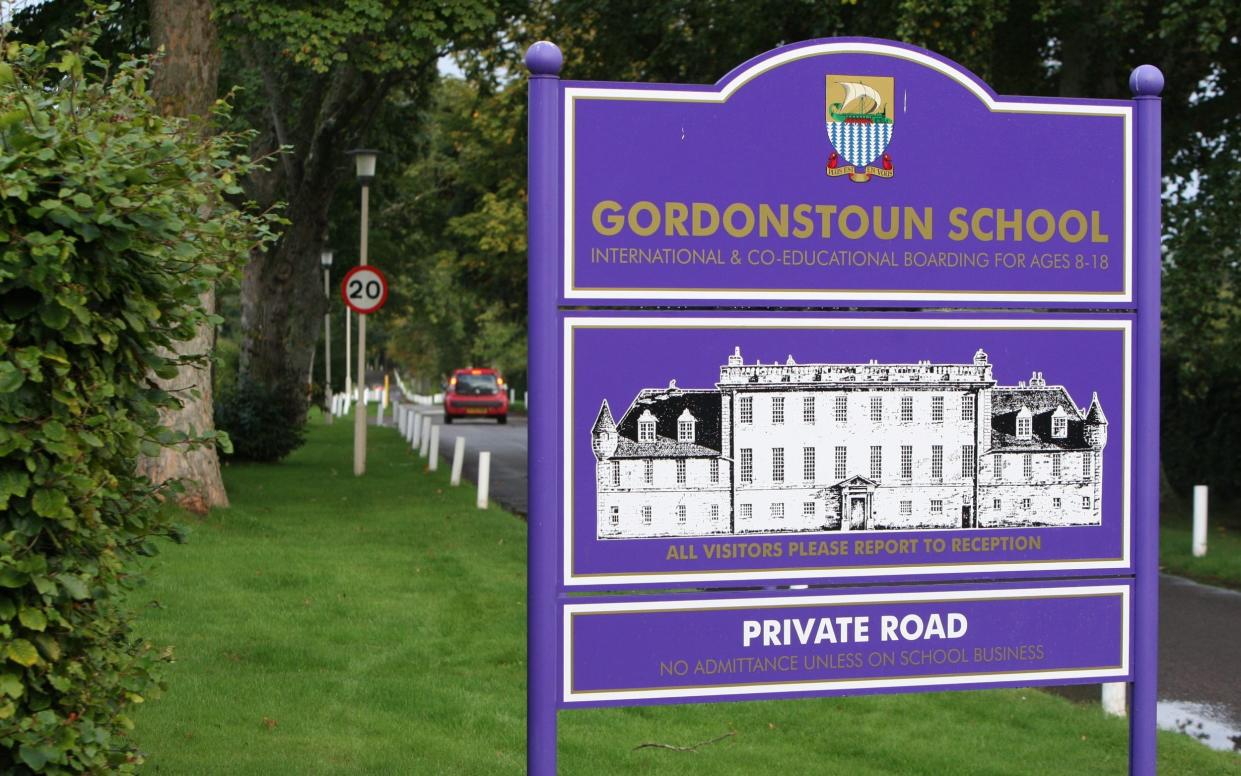
“Gordonstoun is immensely proud to be the first senior school to educate a king,” says the school website, “and prouder still to note how the years King Charles spent here nurtured his love of, and commitment to, service, the outdoors and the arts.”
But the cautionary words of Lady Smith must never be forgotten, nor, too, the cases of the very many children forced to grow up in the shadow of their sexual abuse, some yet to receive compensation and closure. In the words of Lady Smith: “There have been periods in Gordonstoun’s history where the vision and ethos that formed the basis of Kurt Hahn’s founding of the school was allowed to wither...It seems clear, however, that for the last 30 years or so, some good leaders have sought to recover the position.
“The risk of children being abused will, however, always be present. I recognise that Gordonstoun has now made real efforts to be aware of the risk of abuse, to protect against it, and, if abuse occurs, to respond appropriately, but the school must never become complacent.”


